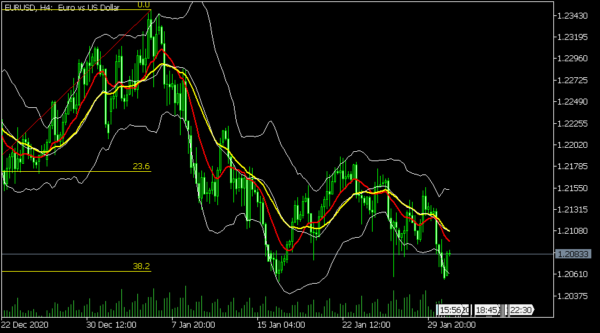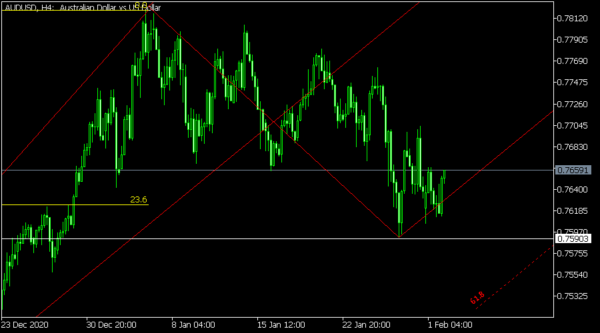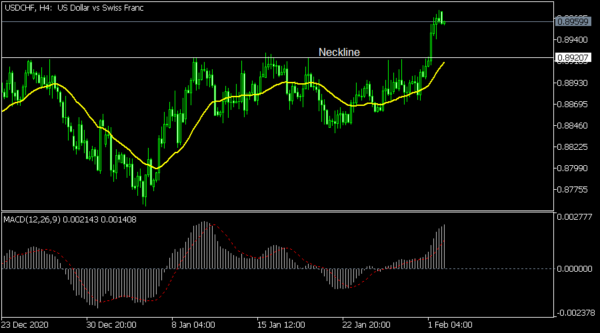The Australian dollar eased today after the Reserve Bank of Australia (RBA) made its first interest rate decision of the year. As widely expected, the bank left interest rates unchanged at 0.10%. It also left its quantitative easing program and the term lending facility for banks unchanged. But it decided to buy an additional A$100 billion worth of Australian government bond at a pace of $5 billion per week. The decision came a day after research firms like Markit and the Australian Industry Group delivered robust manufacturing PMI data. Also, it came at a time when the Morrison administration is starting to go slow on its stimulus plans.
The US dollar rose against other major currencies as risks in the stock market continued. Yesterday, highly volatile stocks like GameSpot dropped by more than 30% while Ripple and Dogecoin fell sharply, in what appeared to be a pump and dump scheme. Further, the currency reacted to important US PMI and construction spending numbers. According to Markit, the US PMI rose to 59.2 while data from the Institute of Supply Management (ISM), showed that the PMI dropped to 58.7. Construction spending rose by 1% in December.
The euro was little changed in overnight trading after Markit released strong manufacturing PMI data from the European Union. The data revealed that manufacturing activity in the region was robust in January. Input prices increased while supply delivery times increased because of Covid restrictions and Brexit issues. Today, the euro will react to the latest preliminary EU GDP data. Economists expect the numbers to show that the overall economy contracted by 4.3% on a year on year basis.
USD/CHF
The USD/CHF pair is trading at 0.8969, which is slightly below yesterday’s high of 0.8977. The pair has managed to move from the year-to-date low of 0.8756. On the four-hour chart, the pair has formed an inverse head-and-shoulders pattern, which is usually a bullish sign. It has also moved above the 15 day moving averages while the MACD line and histogram are above the neutral line. Therefore, the pair is likely to continue rising as bulls target the important resistance at 0.900.
EUR/USD
The EUR/USD pair dropped to an intraday low of 1.2058, which is slightly above the YTD low of 1.2050. On the four-hour chart, it seems like there’s a bearish build-up happening. The pair is also at the same level as the lower side of the Bollinger Bands. It is also attempting to move below the Ichimoku cloud. Therefore, the pair will likely break-out lower as bears target the psychologically important level at 1.200.
AUD/USD
The AUD/USD pair rose slightly after the RBA decision. It is trading at 0.7655, which is below the descending trendline that connects the highest peaks this year. The price is also slightly above the January low of 0.7592 and is below the 15-day moving average. It is also slightly above the 23.6% Fibonacci retracement and is slightly above the first support of Andrews Pitchfork. The pair is likely to retest the 0.7592 support in the near term.














